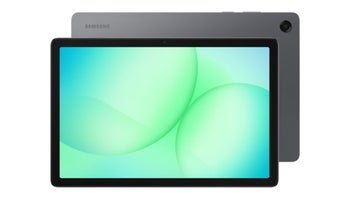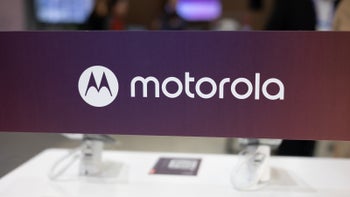Huawei's new Kirin 9010 SoC shows huge performance gap compared to older Snapdragon chip

After shocking the world with the 7nm Kirin 9000s 5G chipset that powers the Mate 60 series, Huawei reportedly made some internal improvements for its next chipset, the Kirin 9010. Remember, U.S. export rules put into place in 2020 are supposed to keep Huawei from obtaining 5G application processors, and at first, the sanctions worked. The manufacturer had to obtain a license from U.S. Customs in order to obtain versions of the Snapdragon chips it used for the P50, Mate 50, and P60 flagship models. And those chips were tweaked to prevent them from working with 5G signals.
Huawei supposedly has made some big improvements to the Kirin 9010 giving it a 12-core CPU cluster. But the inability of SMIC, China's largest foundry and the one that built the Kirin 9000s, to obtain cutting-edge lithography machines leaves one performance core on the Kirin 9010 30% slower than the Cortex-X2 big core used on 2022's Snapdragon 8+ Gen 1 when consuming the same amount of power. An "X" post by freelance coder @negativeonehero (via Wccftech) shows that the tipster ran the Kirin 9010 SoC over benchmark test AndSPECMod.
Since the Snapdragon 8+ Gen 1 was produced by TSMC using its 4nm process node, a level of advanced production that SMIC cannot come close to yet, the Qualcomm chip's "performance per watt" shows that the Kirin 9010 consumes more energy, and delivers lower performance than the older Snapdragon chipset. Compared to the Cortex-A77 core on the Snapdragon 870, one performance core on the Kirin 9010 consumes 50% more power.
Same score as SD870's A77 while consuming 50% more power,
— Nguyen Phi Hung (@negativeonehero) April 19, 2024
Same power as SD8+'s X2 while being 30% slower,
This core is over 6 years old. pic.twitter.com/3AlHVUJGrP
These performance gaps would seem to be due to the inability of SMIC to obtain the advanced EUV lithography machines that etch circuitry patterns on silicon wafers. SMIC does own deep ultraviolet lithography machines but these won't work to create any chip more advanced than 5nm and even that is a stretch. Earlier this month, Huawei filed a patent for a low-tech lithography system that could help it obtain 5nm SoCs from SMIC. But unless there is a big breakthrough, Huawei's Kirin chips may not catch up to those application processors (AP) powering rival flagship phones.
Considering how popular the Mate 60 line has been in China, at this point it doesn't seem that the gap in performance between Huawei's Kirin chipsets and the Snapdragon chipsets has mattered to phone buyers in the world's largest smartphone market. If Huawei is lucky, by the time that it does matter, it will have figured out how to create a lithography machine or technique that doesn't violate the U.S. sanctions.
The Kirin 9010 is expected to debut on the Huawei Mate 70 line expected to be released later this year.
Follow us on Google News













Things that are NOT allowed:
To help keep our community safe and free from spam, we apply temporary limits to newly created accounts: